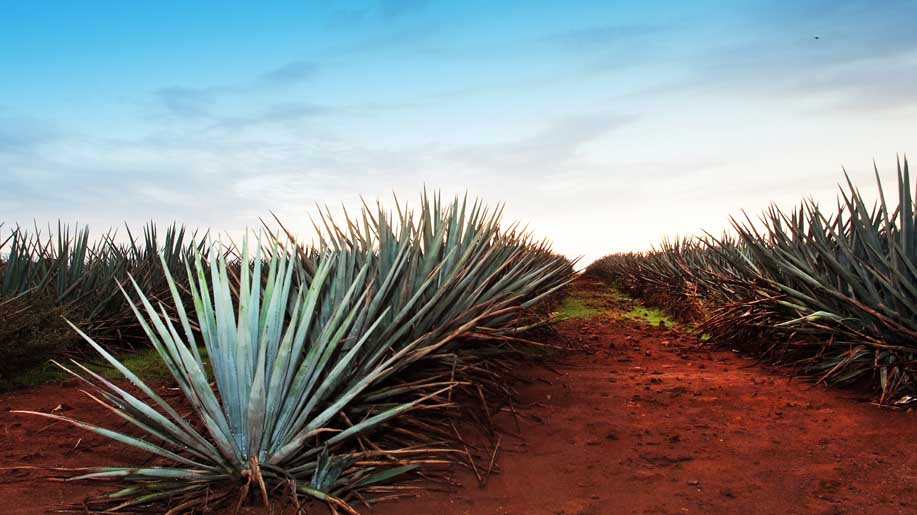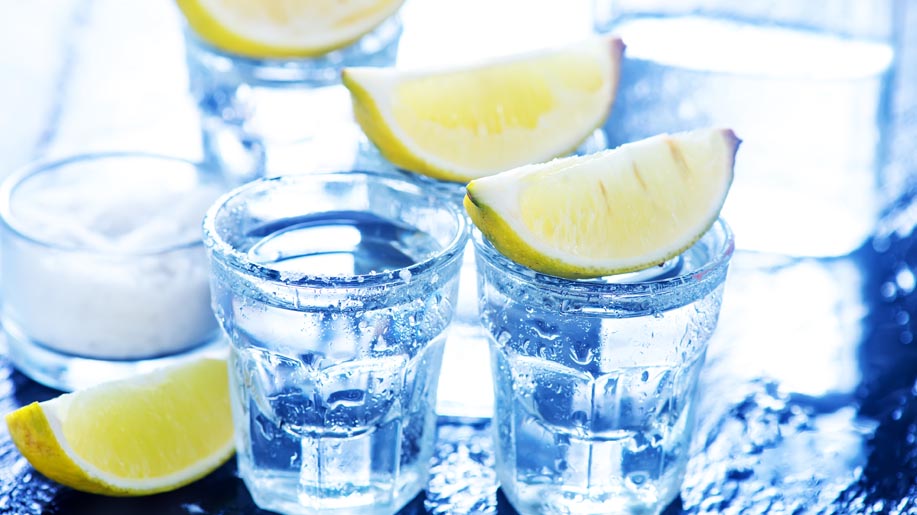
Nikhil Agarwal decodes tequila for what it really is
If tequila conjures up images of drunken nights, shots and generally decadent behaviour, you wouldn’t be wrong. Most people consume it that way globally, and movies and TV shows have done their bit to promote this side of tequila in popular culture.
What most of us are not aware of is that there is so much more to this complex drink than what the world gives it credit for. Before I continue, let’s first address the fact that the worm we associate with tequila isn’t entirely exclusive to the spirit, and is put in the bottle more as a marketing gimmick. In fact, the worm relates to mezcal, which is distilled from any agave plant (native to South America). There are over 200 types of agaves in Mexico used to produce alcohol with similar properties. Needless to say, tequila is the most internationally famous of them all. It is made from a certain blue agave plant, which gives it a smokier flavour and aroma. Knowing this, we can safely say that all tequila is mezcal but not the other way round.
PURPOSE
There is another side to tequila that most people are unaware of. Rather than being gulped, it is meant to be sipped on and savoured, where its complexity, incredible flavour and aroma take centre stage. Don’t get me wrong. I have enjoyed the good old “lick salt, shoot tequila, squeeze lime” protocol many a time (the Mexicans too drink it neat, but without the fanfare). And I’ve enjoyed it as part of margaritas and other classic tequila-based cocktails too that drown out the pungency of its cheaper version.
Just like vodka or other spirits, tequila too caters to every level of the alcohol spectrum, from the foul and potent to the sublime and complex. Top-end tequila can be just as pleasurable as top-end whisky, cognac, armagnac or in some cases, even great wine. Artisanal tequila is the fruition of craftsmanship and tradition rather than industrial production. The knowledge has been passed down generations, right from how to cultivate it, to tend to it and finally yield the returns.

PRODUCTION
The blue agave plant from which tequila is made thrives in specific Mexican regions, where millions of them are harvested each year. Depending on the region in which it is produced, the blue agave offers different aromas and flavours. It takes about eight to 12 years to reach maturity. After this, the juice is sucked out from its leaves, and fermented before being distilled twice. It is then immediately bottled as tequila or aged further in wooden barrels for a stronger flavour. I love how people way back in the Aztec ages came up with the recipe for this from a plant that looks and feels incredibly hostile.
Tequila is a region specific name for the distilled spirit that, according to Mexican laws, must be produced in Jalisco, and in certain areas of Guanajuato, Michoacan, Nayarit, and Tamaulipas. It is in Jalisco, where the town of Tequila is situated. Like sparkling wine from Champagne or brandy from Cognac, both of which have the exclusive right to be called so because they are produced in those regions, it is the same with tequila. Therefore, any spirit distilled and produced using the same ingredients and process, but in another region, within Mexico or any other part of the world for that matter has no legal right to be called tequila.
The Consejo Regulador del Tequila (or Tequila Regulatory Council) is incredibly strict and protects the use of the name “tequila” fiercely. For the Mexicans, this title is a matter of pride and tradition.
For example Desmondji (desmondji.com) in India makes a spirit in the format of tequila from blue agave found in India’s Deccan plateau, which has volcanic soils similar to that of Mexico’s tequila producing regions. However, Desmondji cannot call it tequila since the name is protected no matter how good his product is.

PERSONA
Tequila is broken into a few categories, and understanding them will help you decipher the label on the bottle better. Blanco or white tequila has either not been aged at all or has been aged for less than two months in wooden barrels. It is definitely not a tequila that can be sipped and savoured by any standards. The texture is more harsh.
The joven or oro variety of tequila is not aged. They are coloured and flavoured with caramel. Reposado or rested tequila is aged from two to 12 months in oak barrels. Here, the barrel infuses the spirit with additional flavours and complexity. Anejo tequila is obtained when it spends a minimum of one to three years in an oak barrel. Extra anejo is aged for a minimum of three years. Personally, I prefer tequila that has spent a good amount of time in an oak barrel, such as extra anejo. It is simply because it takes on a smoother, creamier texture, and the aromas are more alluring.
In India, we have a plethora of tequila brands mixed into cocktails, and gulped down without really having to taste their flavours. In some cases, this is probably a good thing because they’re more likely to be joven or oro. We also have a few fine tequila brands such as Don Julio Anejo (donjulio.com/our-tequilas), Patron Silver (patrontequila.com) and Corralejo Anejo (tequilacorralejo.com.au). It would be absolutely sacrilegious to have them in any way that doesn’t involve being sipped and savoured. For such brands, I would do away with the shot glass completely and pour it cold, or put one cube of ice into a brandy balloon and enjoy it slowly. If you’re ordering shots of any of these three brands, and plan to drink them without actually tasting their flavours, let me remind you, it would be a waste of good tequila.
Cocktail culture is beginning to take off in India. We have already started to understand that the quality of any cocktail depends on the quality of its ingredients. As we become more aware as consumers, we want the taste of the spirit to be highlighted rather than muted in our cocktails. This is why drinking quality tequila will become more important to people in the know, and the notion that tequila too can be a fine spirit will finally catch on.
Tequila’s seven facts
- Tequila was first produced in the 16th century near the town of Tequila in Mexico.
- All 85,642 acres of Agave Landscape and Ancient Industrial Facilities of Tequila is safeguarded as a UNESCO World Heritage Site.
- It is believed that the Spaniards made the first tequila by trial and error.
- Before the discovery of the spirit, native people chewed on the heart of the blue agave plant as a sweet.
- In 2016, Mexico produced 273.3 million litres of tequila. (Source: Statista 2017)
- In 2016, Mexico exported 197.9 million litres of tequila. (Source: Statista 2017)
- The world’s most expensive tequila bottle (as per Guinness World Records) is made by Tequila Ley .925 and was sold to a private collector in Mexico City on July 20, 2006 for US$2,25,000/₹14,437,720.












